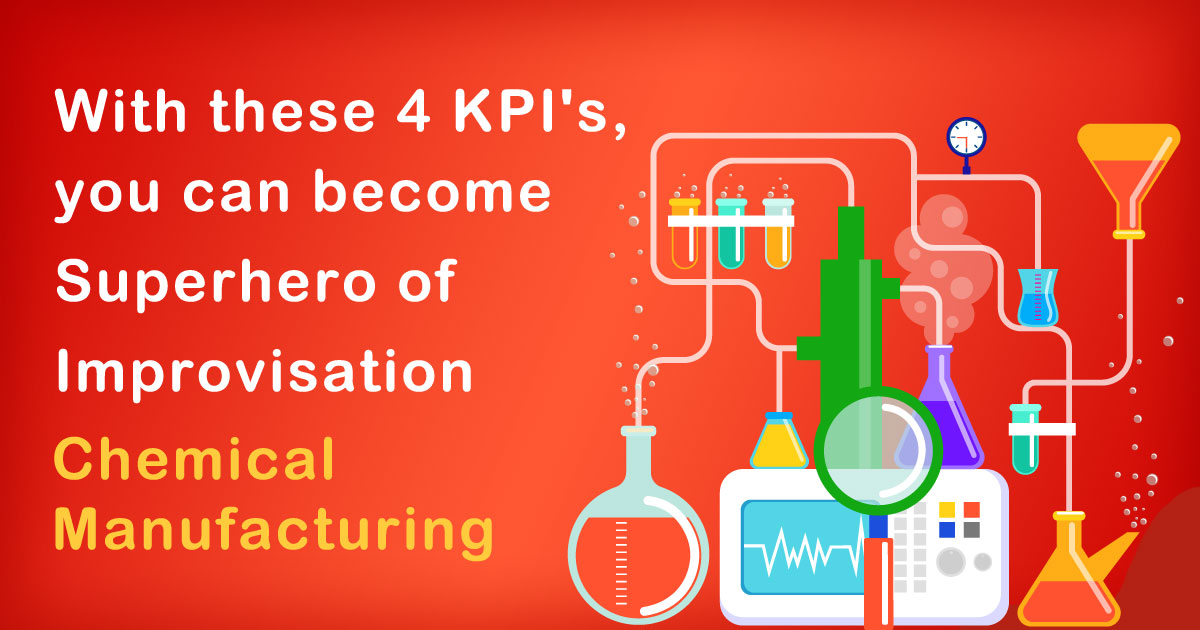Introduction
In the fast-paced and dynamic world of chemical manufacturing, efficient and reliable production processes are crucial for success. To achieve this, plant managers and maintenance teams must adopt a proactive approach to asset management. By focusing on four key performance indicators (KPIs) – MTTA (Mean Time to Assess), MTTR (Mean Time to Repair), MTBF (Mean Time Between Failures), and MTTF (Mean Time to Failure), chemical manufacturing factories can elevate their maintenance strategies to superhero levels. In this article, we will delve into each KPI and illustrate their importance through industry-specific assets and maintenance activities.
1) MTTA (Mean Time to Assess)
MTTA represents the average time taken to assess an asset’s condition after it has been flagged as a potential issue. Rapid assessment is vital as it helps identify problems promptly and initiates timely maintenance actions. When dealing with chemical manufacturing assets like reactors, pumps, or distillation columns, a swift MTTA can prevent minor issues from escalating into critical failures. For instance, if a pump shows signs of abnormal vibrations, a quick assessment can pinpoint the root cause, such as misalignment, worn-out bearings, or cavitation. Addressing these issues promptly not only ensures consistent production but also extends the asset’s lifespan.
2) MTTR (Mean Time to Repair)
MTTR measures the average time required to repair a faulty asset and return it to full operational status. In chemical manufacturing, every minute of downtime can translate into significant losses. Therefore, reducing MTTR is vital for minimizing production disruptions. Let’s consider a common industry-specific asset like a heat exchanger. If a heat exchanger experiences a leak due to corrosion, a swift response from the maintenance team can help repair or replace the damaged component promptly. This efficient repair process ensures that the plant can continue its operations without prolonged interruptions, maximizing productivity.
3) MTBF (Mean Time Between Failures)
MTBF signifies the average time elapsed between one asset failure and the next. A high MTBF indicates that assets are performing reliably with extended periods of trouble-free operation. Achieving a high MTBF requires a comprehensive maintenance program that includes preventive and predictive maintenance. For instance, in a chemical manufacturing factory, a high MTBF for a critical piece of equipment like a catalytic converter indicates that the maintenance team is successfully implementing condition monitoring, regular inspections, and maintenance activities, leading to uninterrupted production.
4) MTTF (Mean Time to Failure)
MTTF represents the average time a properly functioning asset is expected to operate before it fails. This KPI aids in planning asset lifecycle strategies and optimizing maintenance schedules. For example, in a chemical manufacturing facility, MTTF can be used to estimate the life expectancy of a chemical reactor. By knowing the MTTF, the plant can plan for timely asset replacement or refurbishment, preventing unexpected failures and minimizing the risk of unplanned downtime.
Conclusion
In the competitive landscape of chemical manufacturing, improvisation and superhero-like efficiency in maintenance can set a factory apart from the rest. The four key performance indicators – MTTA, MTTR, MTBF, and MTTF – play an instrumental role in achieving this status. By prioritizing swift assessment, reducing repair times, increasing time between failures, and accurately estimating time to failure, a chemical manufacturing factory can boost productivity, enhance reliability, and reduce maintenance costs.
Embracing modern maintenance practices, such as condition monitoring, predictive maintenance, and data-driven decision-making, will further empower maintenance teams to tackle challenges proactively. Additionally, leveraging technology, such as the Industrial Internet of Things (IIoT) and machine learning, can provide valuable insights and predictive analytics for making informed decisions.
In conclusion, becoming a superhero of improvisation in a chemical manufacturing factory requires a culture of continuous improvement, a commitment to adopting the right technology, and an unwavering focus on the four essential KPIs – MTTA, MTTR, MTBF, and MTTF. By mastering these KPIs and implementing best practices, chemical manufacturers can soar to new heights of productivity, efficiency, and competitiveness in the global market.








